What was the ideal of male beauty in Rus'
Categories: Fashion | History | Nations
By Pictolic https://pictolic.com/article/what-was-the-ideal-of-male-beauty-in-rus39.htmlWomen from different eras are very similar in their views on life. However, there are some major differences. For example, the ideals of beauty were constantly changing, and this also applies to the appearance of men. Sex symbols of our era would have caused bewilderment among ladies 500 years ago. Well, our women would be shocked by the medieval machos. Let's figure out which men made the hearts of the beauties of Rus' beat faster.

The red fellow is a hefty fellow with a red face, a big belly and legs like decks. If this is combined with good manners, that is, with the ability to burp loudly and emit gases, then such a guy was guaranteed success with women. They said about this that he was “born good”, or simply “freak”. We have already written about terminology regarding male charms.
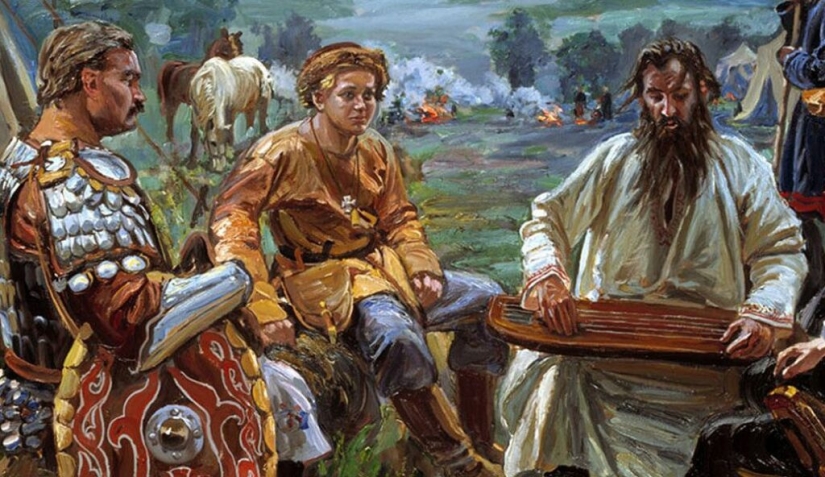
In historical documents of past centuries, many descriptions of Russian men have been preserved. They were made by foreigners who arrived in Rus' on scientific, trade or diplomatic missions. This is how the Byzantine historian Procopius of Caesarea described a typical man:
Agree, the Byzantine noted strange features. By the way, we have no reason to doubt the veracity of Procopius of Caesarea, because he left a lot of travel records, which from the point of view of history and geography cannot be faulted. Moreover, Procopius is echoed by the Arab Ibn Fadlan, who lived in the 10th century:
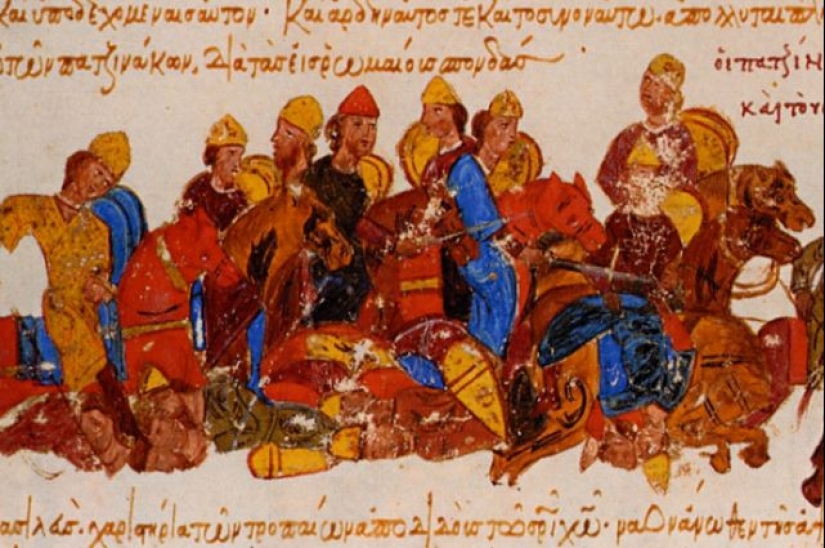
But why were the Russians red-faced, because they look more like American Indians? Could it be sunburned skin? Or ritual paint, which was applied by all representatives of the stronger sex? We still don't have an answer to this question.
As for the detailed description of the men, there is a record of a Byzantine who attended a reception with Prince Svyatoslav:
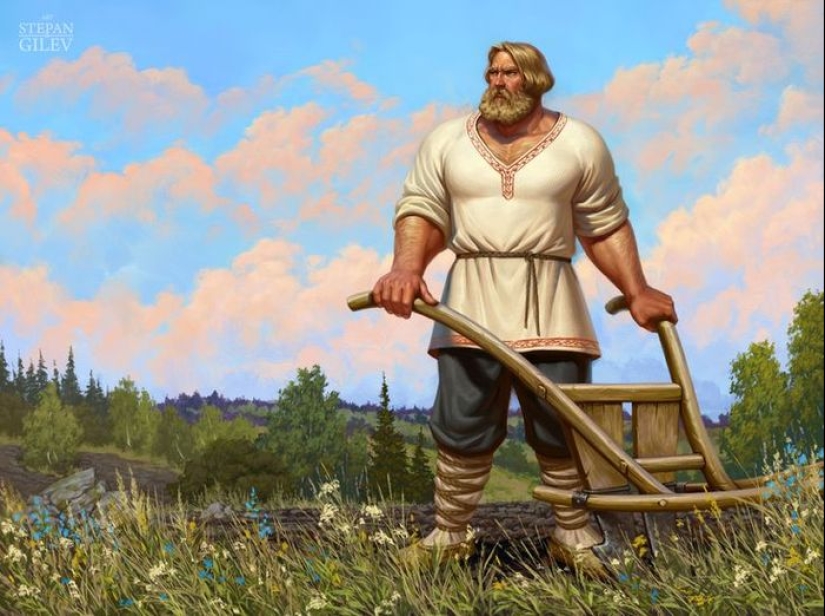
In the 13th century, Marco Polo described Russian men as tall and white-skinned. The Italian historian Paolo Giovio, who visited Rus' at the beginning of the 16th century, spoke of the “Muscovites” as people of average height, but powerful physique. He noted that men had short, massive legs and an exorbitantly large torso. He probably saw those very guys about whom they said “slant fathoms in the shoulders.”
In Russian epics, heroes are described rather sparingly. For example, it is said about Ilya Muromets that he was of impressive height and strong physique. Almost all the heroes had light brown and curly hair, thick beards, and strong-willed facial features. In the 16th century, a certain standard of male beauty was formed, described by many authors. Thinness was considered a disadvantage, and only portly guys were recognized as handsome.
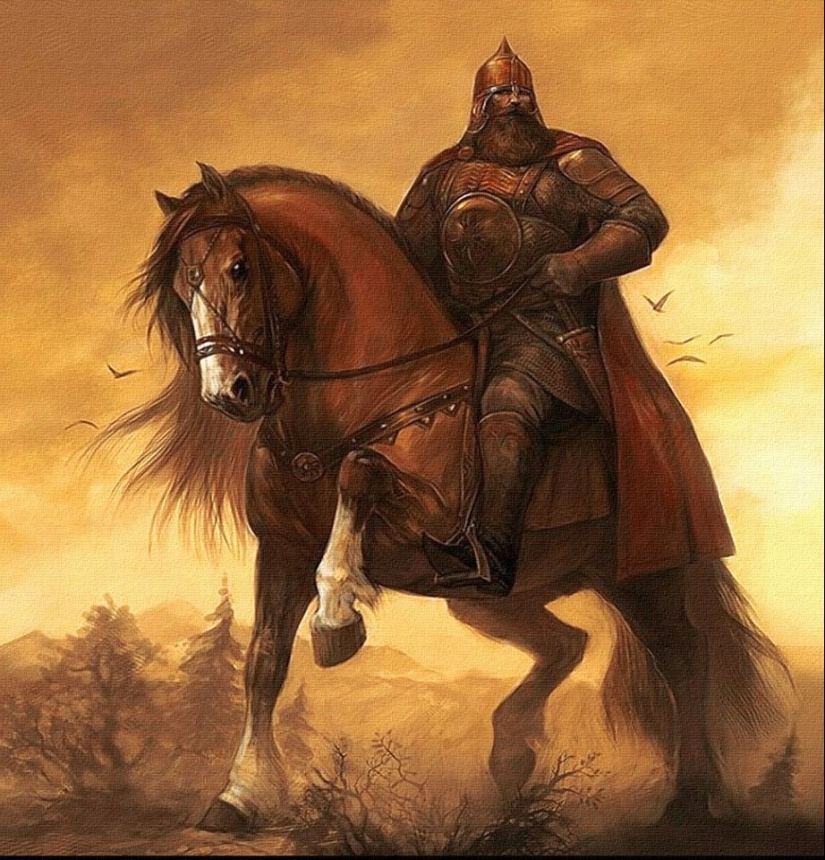
This is what the traveler Adam Olearius wrote about the men of Muscovy in the 17th century. By the way, an impressive belly was not only a sign of beauty. It was also an indicator of status in society. Foreign guests noticed that only portly people with huge waists were present at the ceremonial receptions. This was no accident. Russian princes and first tsars specially selected a retinue of merchants and thicker boyars in order to impress visitors.
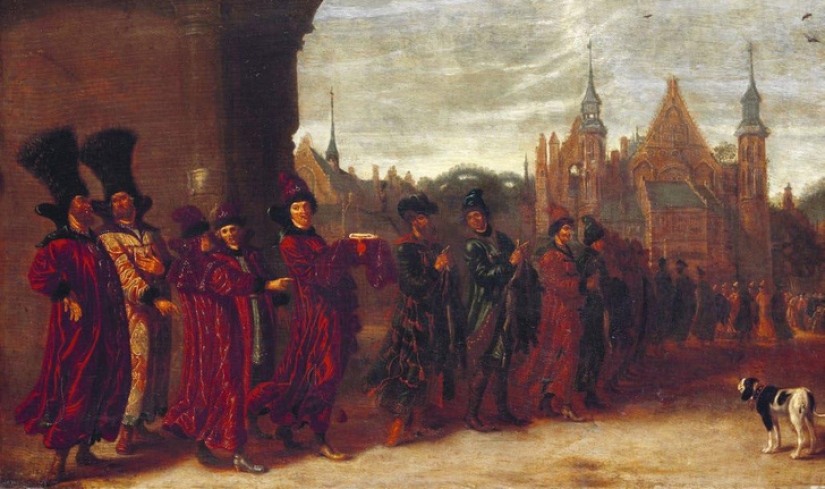
It was easier for wealthy men to maintain such “beauty.” It was necessary to eat well, sleep a lot and move less. At the same time, idleness and gluttony were condemned by the church on a par with fornication. But, as you guessed, this did not concern the powers that be.
Portraits became popular in the 16th and 17th centuries. Thanks to this direction of fine art, we can judge the standards of beauty of that time. “Parsuns,” which is what portraits were called in Rus', show chubby, short-haired or even shaven men. Not all of them have beards and mustaches.
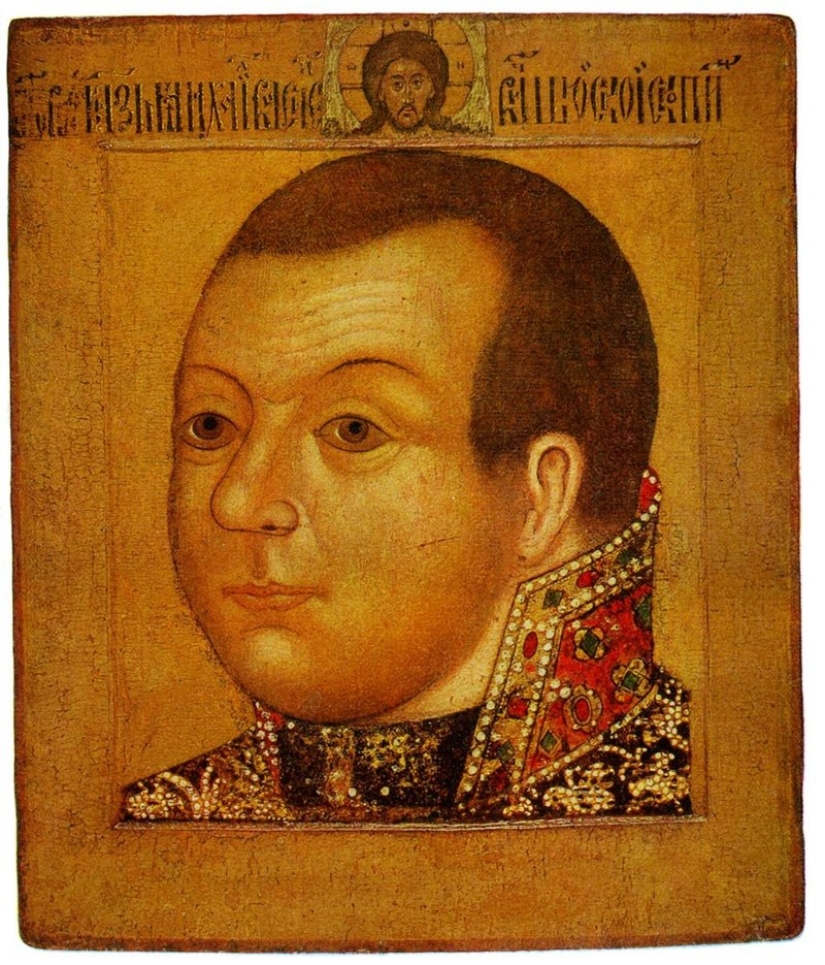
It is believed that shaving the head was the norm before the adoption of Christianity. Old Russian princes did not wear long manes and beards, limiting themselves to spreading mustaches. The fashion for long hair and beards came along with baptism from Byzantium. The Council of the Hundred Heads, held on May 11, 1551 in the Assumption Cathedral in Moscow, categorically forbade men of any class to shave their beards. The Church equated this act to heresy.
The charter of Tsar Alexei Mikhailovich that has reached us lists the most terrible sins. Among them are buffoonery, singing “demonic” songs, preparing ritual baked goods in the form of living creatures and... a shaved face. At the same time, the brutal beard was no longer accompanied by red, but white skin. It is known that Russian men of the late Middle Ages actively used cosmetics, in particular, whitewash.
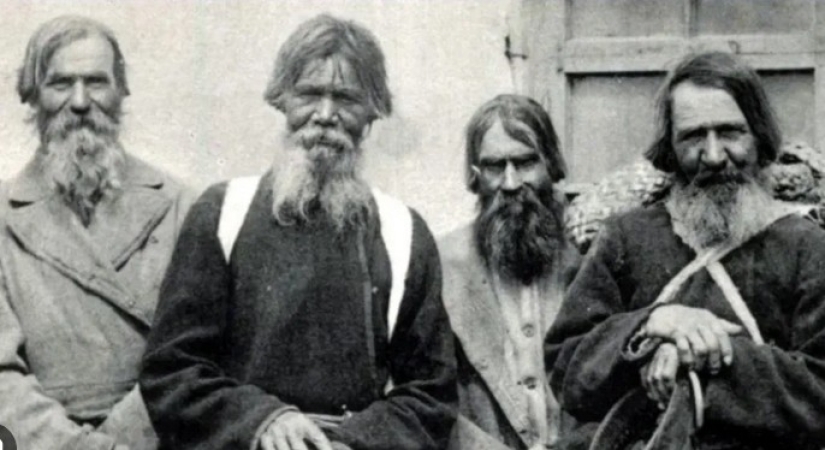
Men from the peasantry did not bleach their faces, but they took care of their beard more than their eyes. Only children and teenagers were allowed to appear in public without a beard. Long hair and parting were in fashion. On holidays, the beard and hairstyle were decorated - rubbed until shiny with fat. 95 percent of the population of Rus' were rural residents, so this fashion can be considered mass.
As for manners, they were very peculiar. In Rus' there were unusual ways to impress others. Adam Olearius was shocked by what he saw:
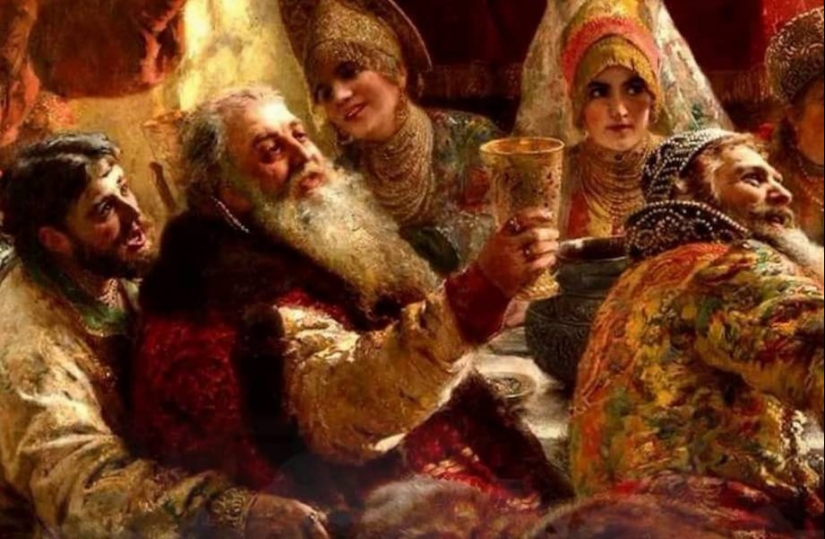
The special aroma that accompanied the Russian people was noted by many overseas guests. Add here special rules of etiquette and you will understand why the guests were so impressed. Jacob Reitenfels from Courland described how the Russians, sitting at the table, burped loudly and emitted gases. They considered this a sign of approval for a good meal and were not at all shy about either ladies or foreigners.
In Rus', farting was also associated with sexuality. Therefore, the guys showed themselves without embarrassment on dates with their lovers. Considering all this, it becomes clear that the more handsome and sexy a man was considered in Rus', the more disgust he would cause among women of the 21st century.
Recent articles

Sex — is not only enjoyable, but also a very useful exercise. Orgasm improves the General condition of the organs and ...

Is it possible to laying wood to name a form of art? Turns out you can. Because in the world there are such people, which gently ...

The invention of flying machines that allow people to travel into the Earth's atmosphere is a list of the greatest innovations of ...